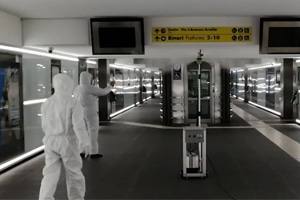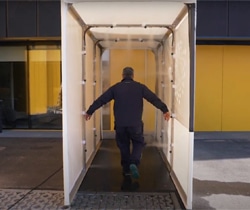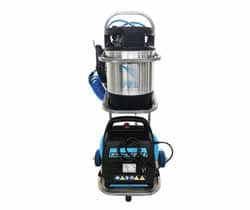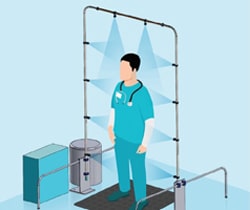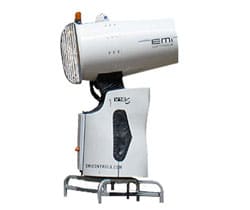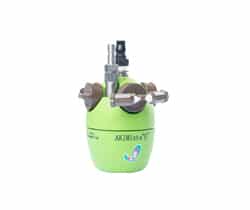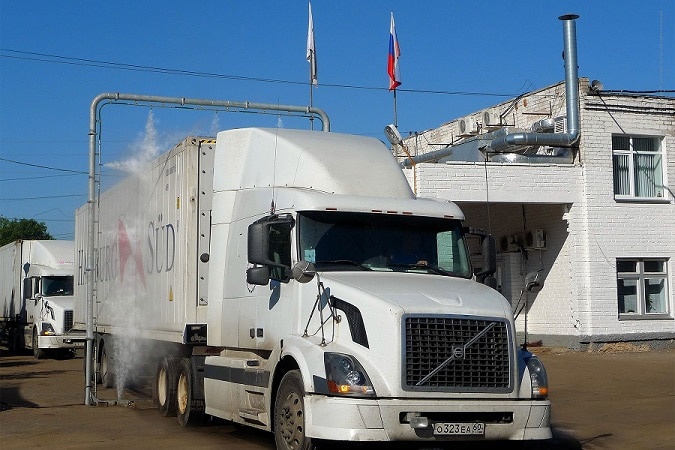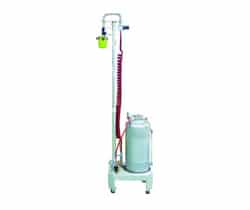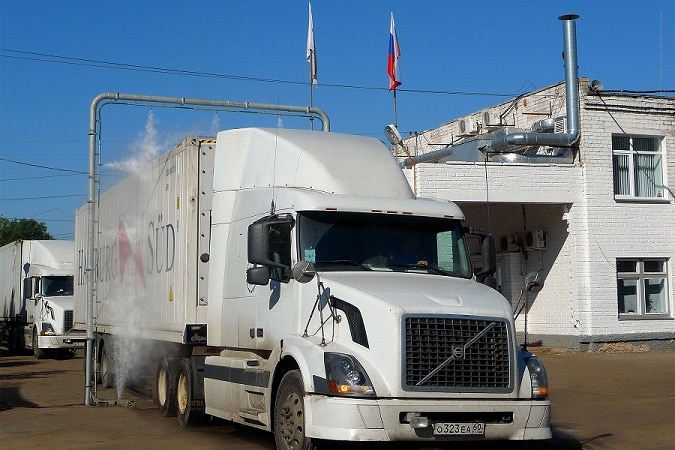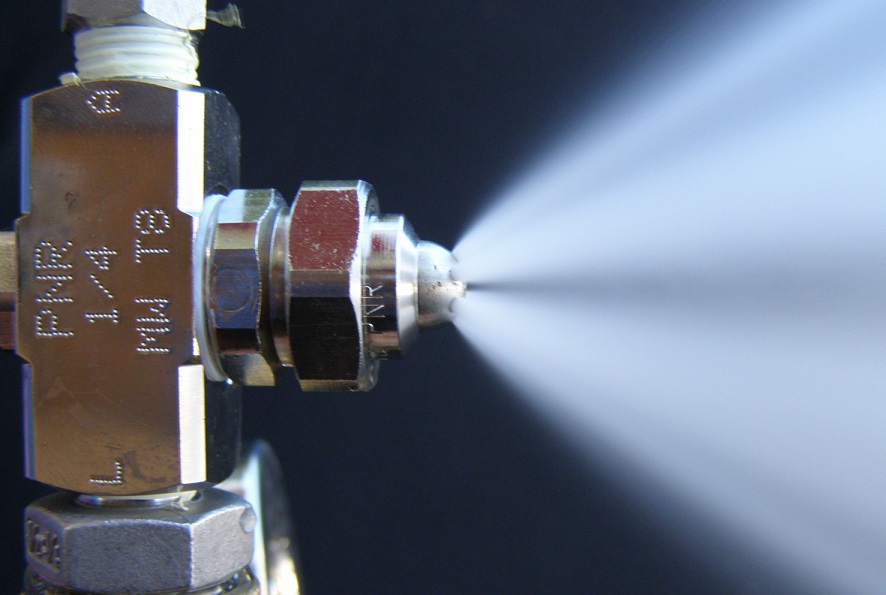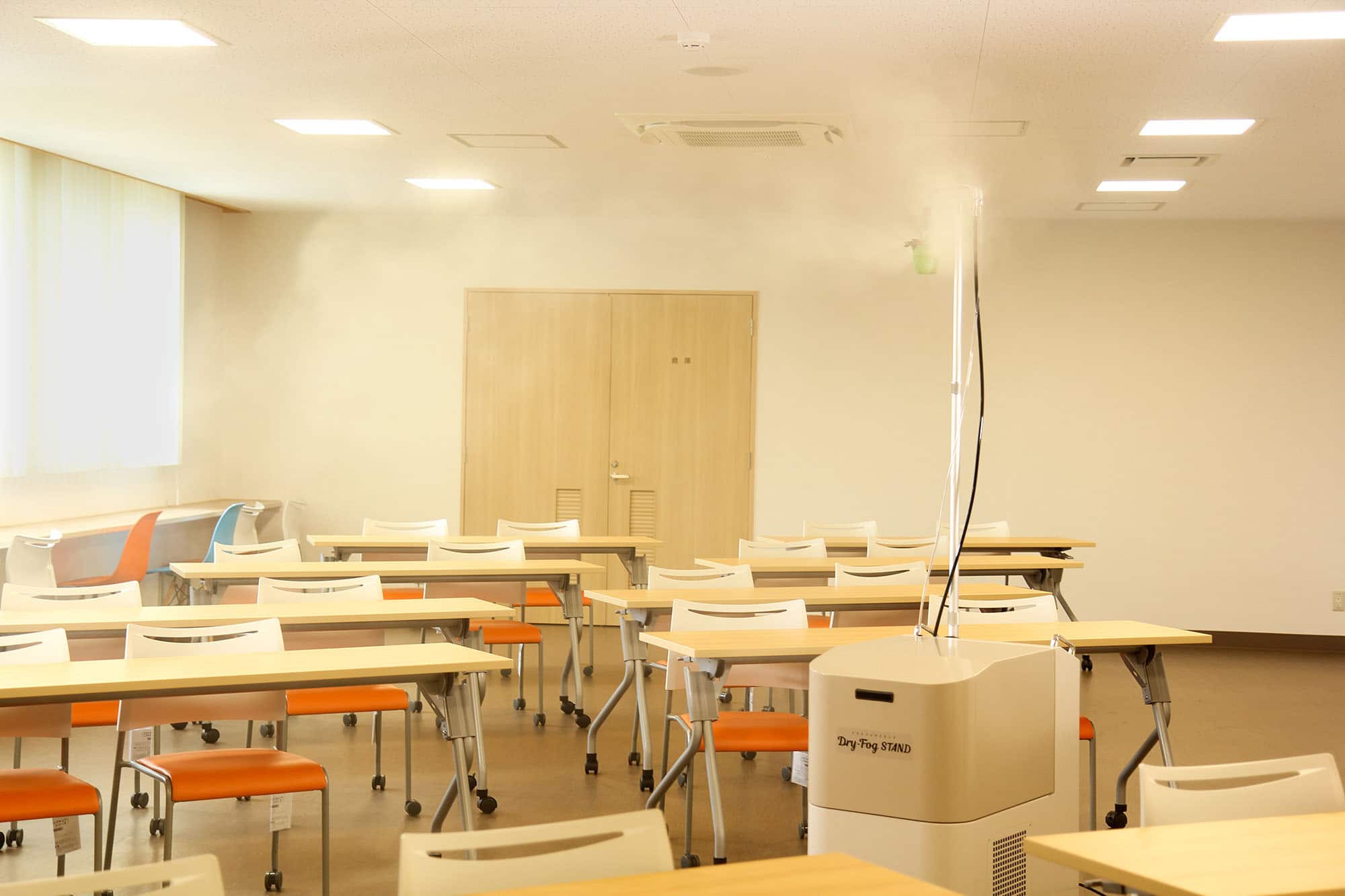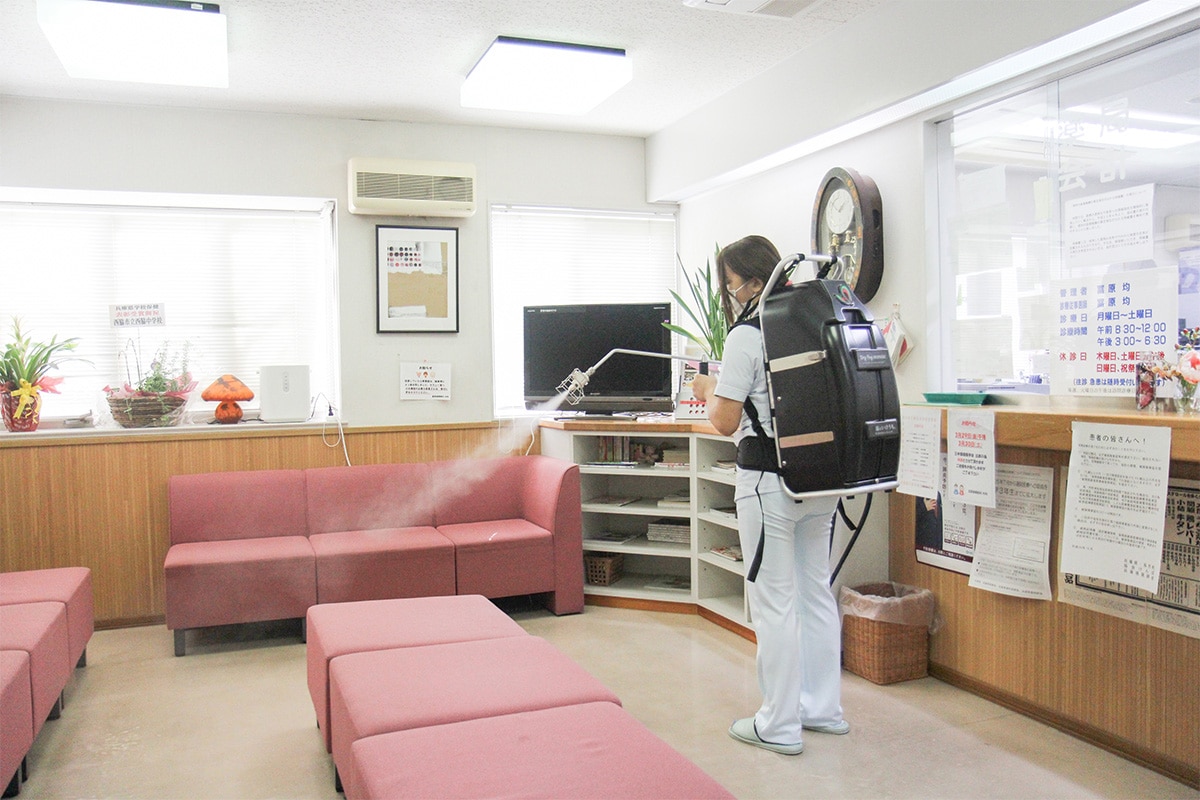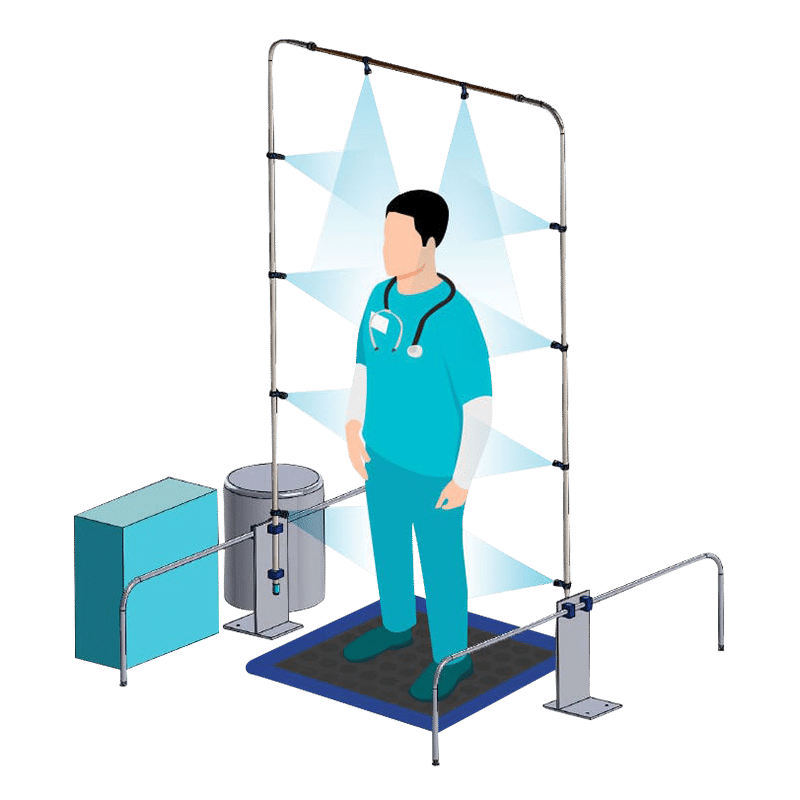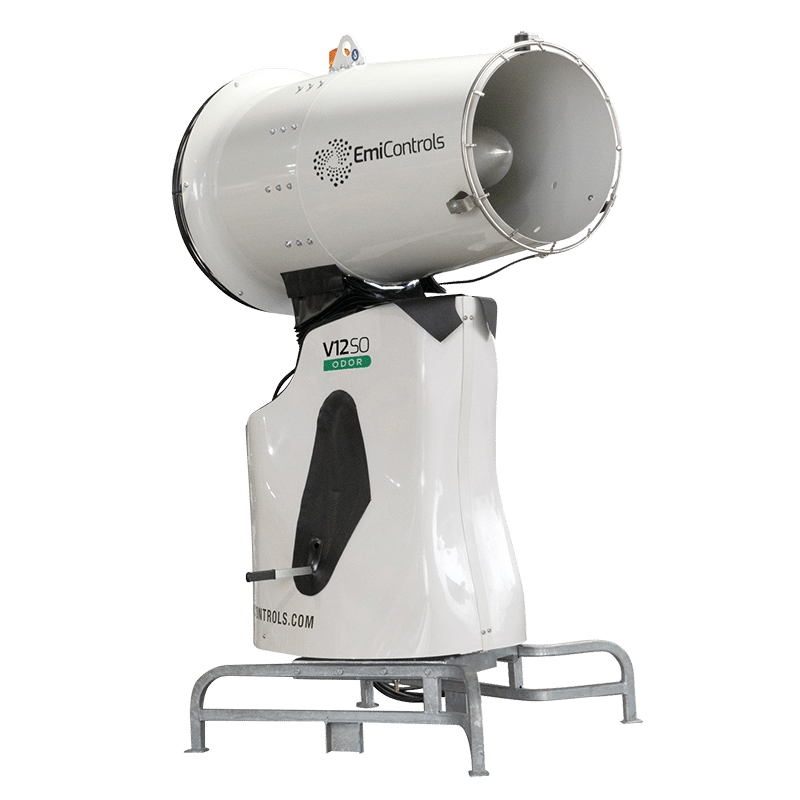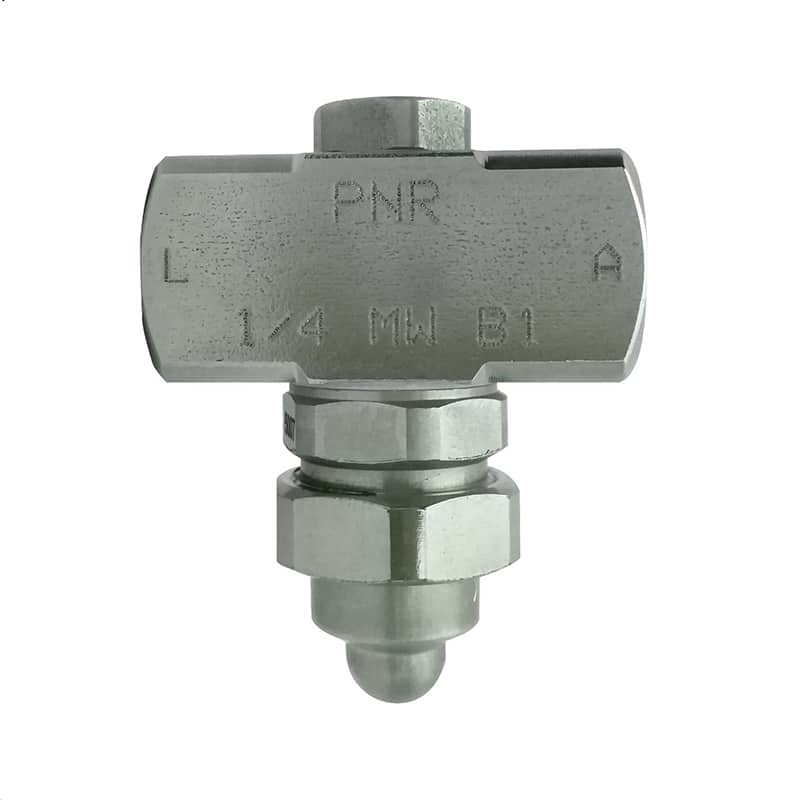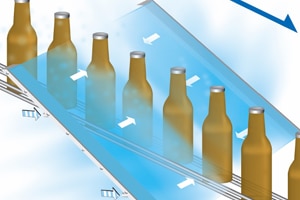Disinfection
Disinfection refers to a process aimed to eliminate or reduce the presence of harmful microorganisms in various environments. This process is crucial in controlling the spread of infectious diseases, ensuring public health, and maintaining a safe and sanitized environment. Professional disinfection services are commonly employed in healthcare facilities, commercial spaces, public areas, and other settings where the risk of microbial contamination is a concern.
1. Key Objectives:
- Disease Control: The primary goal of disinfection is to control the spread of infectious diseases by eliminating or reducing the microbial load in a given environment.
- Public Health: By ensuring a clean and disinfected environment, contributing to public health and safety, especially in high-traffic areas such as hospitals, schools, offices, and public transportation.
- Preventive Measures: Disinfectionplay a crucial role in implementing preventive measures to reduce the risk of infections and outbreaks.
2. Common Methods and Techniques:
- Chemical Disinfection: Often involves the use of specialized disinfectants and antimicrobial agents. These chemicals are selected based on their effectiveness against specific pathogens and compatibility with the surfaces being treated.
- Fogging and Misting: Fogging or misting devices are used to disperse disinfectant solutions as fine droplets, allowing for more even coverage of surfaces, including hard-to-reach areas.
- UV-C Disinfection: Ultraviolet-C (UV-C) light is used as a germicidal agent to kill or inactivate microorganisms. UV-C devices are commonly employed in healthcare settings and other environments.
- Electrostatic Spraying: Electrostatic sprayers positively charge disinfectant particles, allowing them to evenly coat surfaces, including irregular or hard-to-reach areas.
3. Environments Requiring Professional Disinfection:
- Healthcare Facilities: Hospitals, clinics, dental offices, and other healthcare settings require rigorous professional disinfection to prevent healthcare-associated infections.
- Commercial Spaces: Offices, retail stores, restaurants, and other commercial establishments often maintain a clean and safe environment for employees and customers.
- Public Transportation: Vehicles such as buses, trains, and aeroplanes may undergo professional disinfection to reduce the risk of microbial transmission.
- Educational Institutions: Schools and universities may implement professional disinfection measures to create a hygienic learning environment for students and staff.
- High-Touch Surfaces: Areas with high-touch surfaces, such as doorknobs, elevator buttons, handrails, and shared equipment, are particularly targeted for professional disinfection.
4. Compliance with Regulations and Guidelines:
- Health and Safety Standards: Professional disinfection services adhere to local health and safety standards and guidelines established by health authorities to ensure effective and safe disinfection practices.
- Environmental Considerations: Professionals take into account environmental and safety considerations, choosing disinfectants that are effective against pathogens while minimizing potential harm to humans and the environment.
5. Frequency of Professional Disinfection:
- Regular Schedules: Depending on the environment and risk factors, professional disinfection may be conducted on a regular schedule, especially in high-risk settings.
- Response to Outbreaks: During outbreaks of infectious diseases or in response to confirmed cases, immediate and intensive professional disinfection measures may be implemented.
- Preventive Maintenance: Some facilities may opt for routine, preventive services to maintain a consistently clean and safe environment.
Professional disinfection is a critical component of public health and safety, especially in environments where the risk of microbial contamination is high. Trained professionals use various methods and techniques to ensure thorough and effective disinfection, contributing to disease control and prevention. The choice of disinfection method depends on the specific needs of the environment and the type of pathogens targeted.

